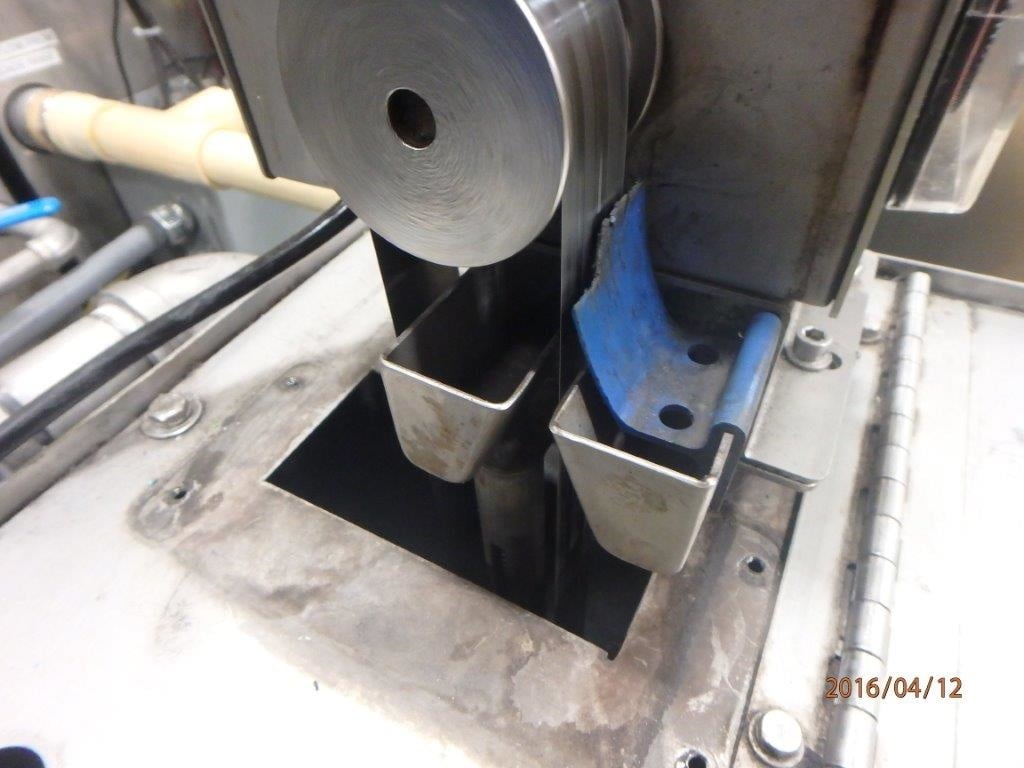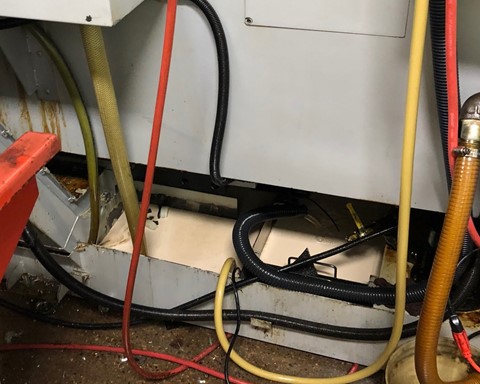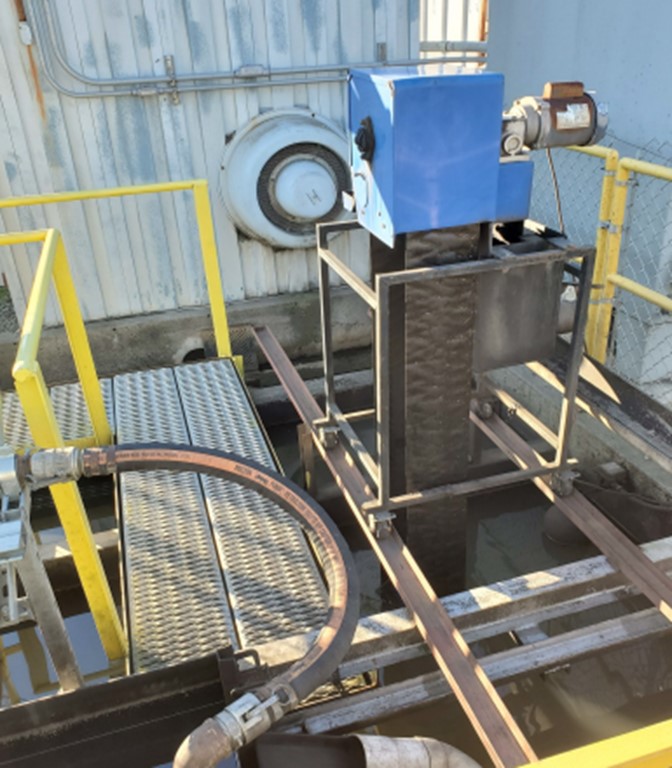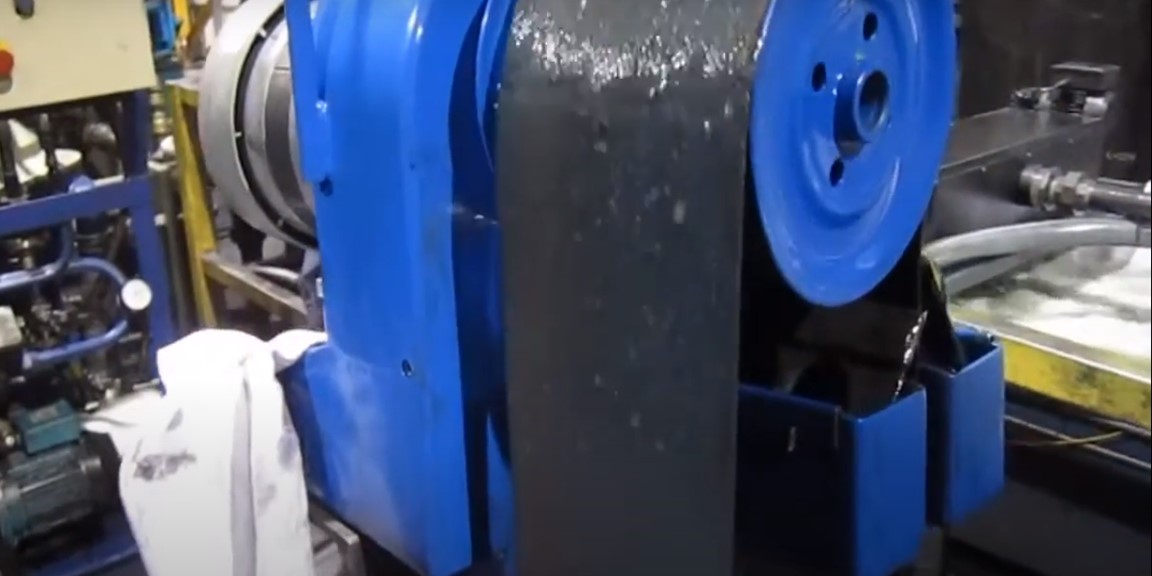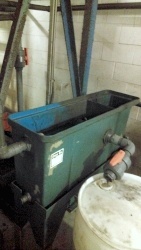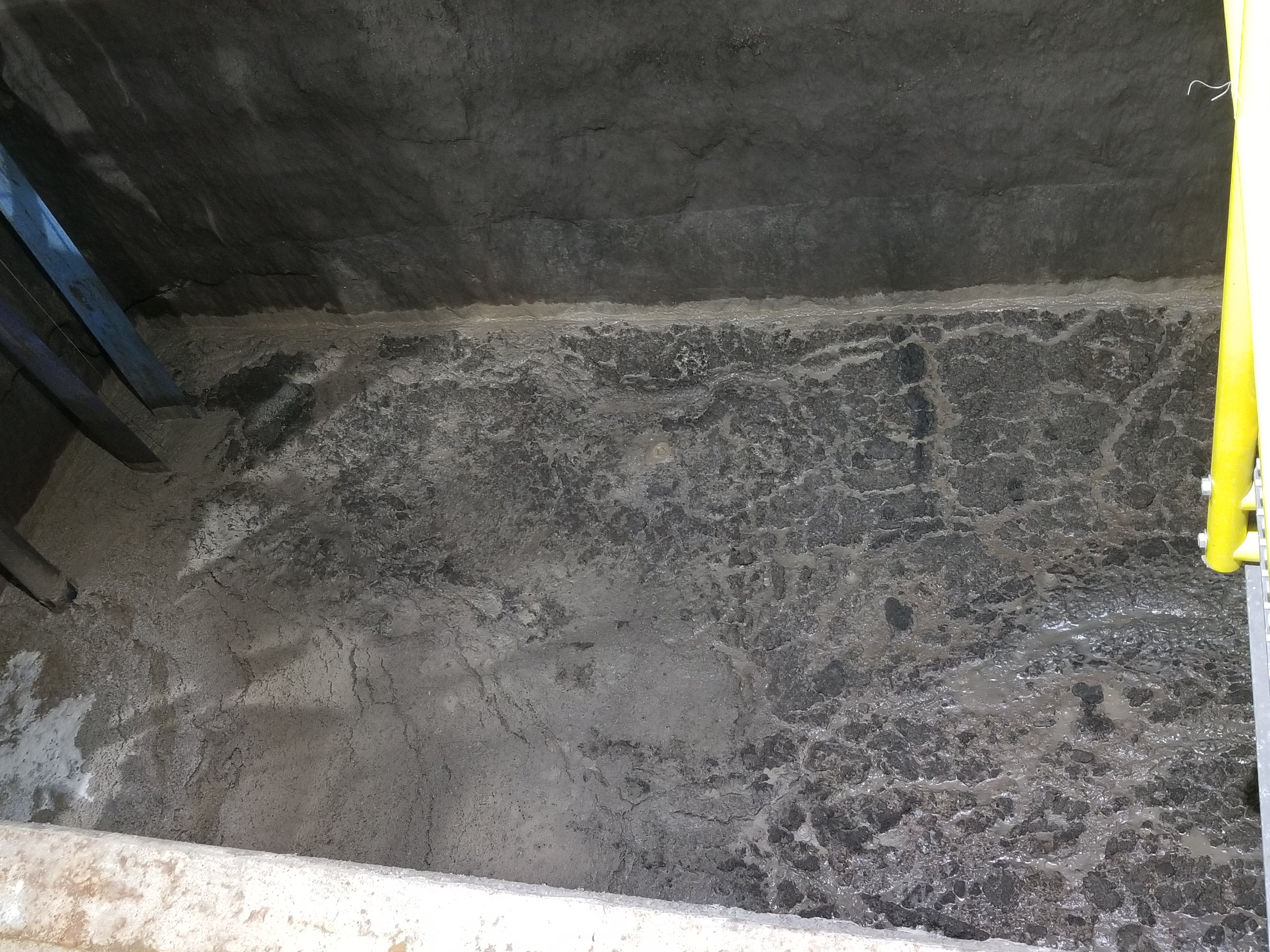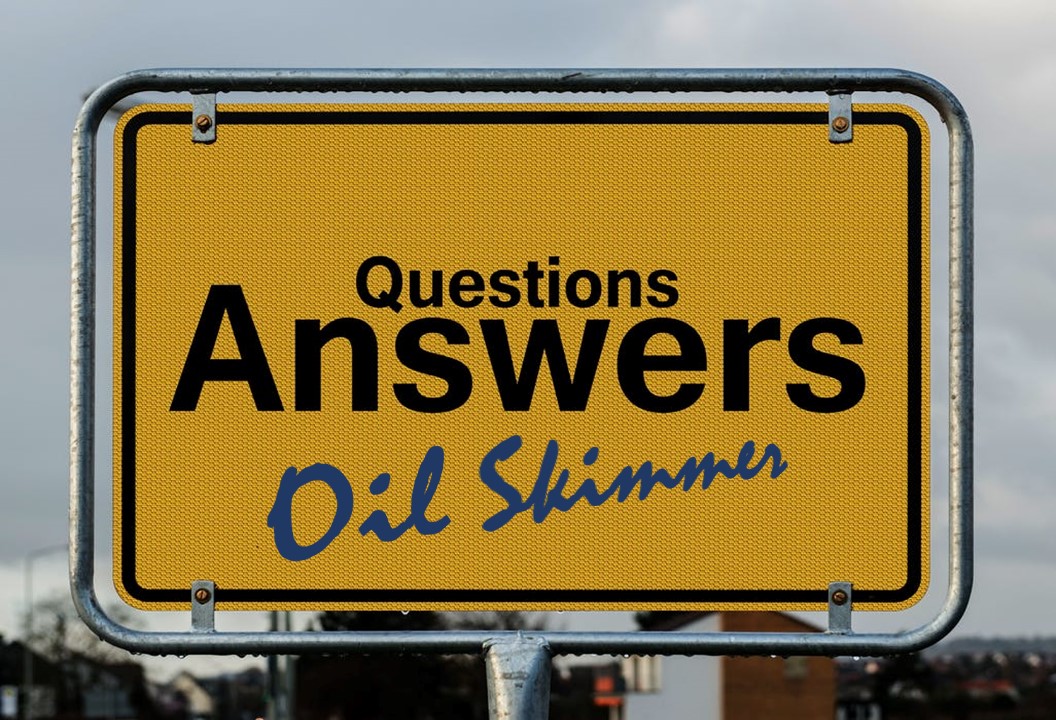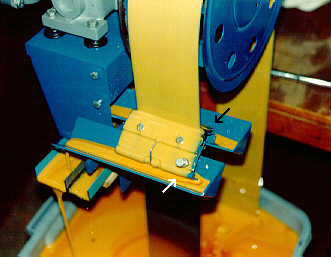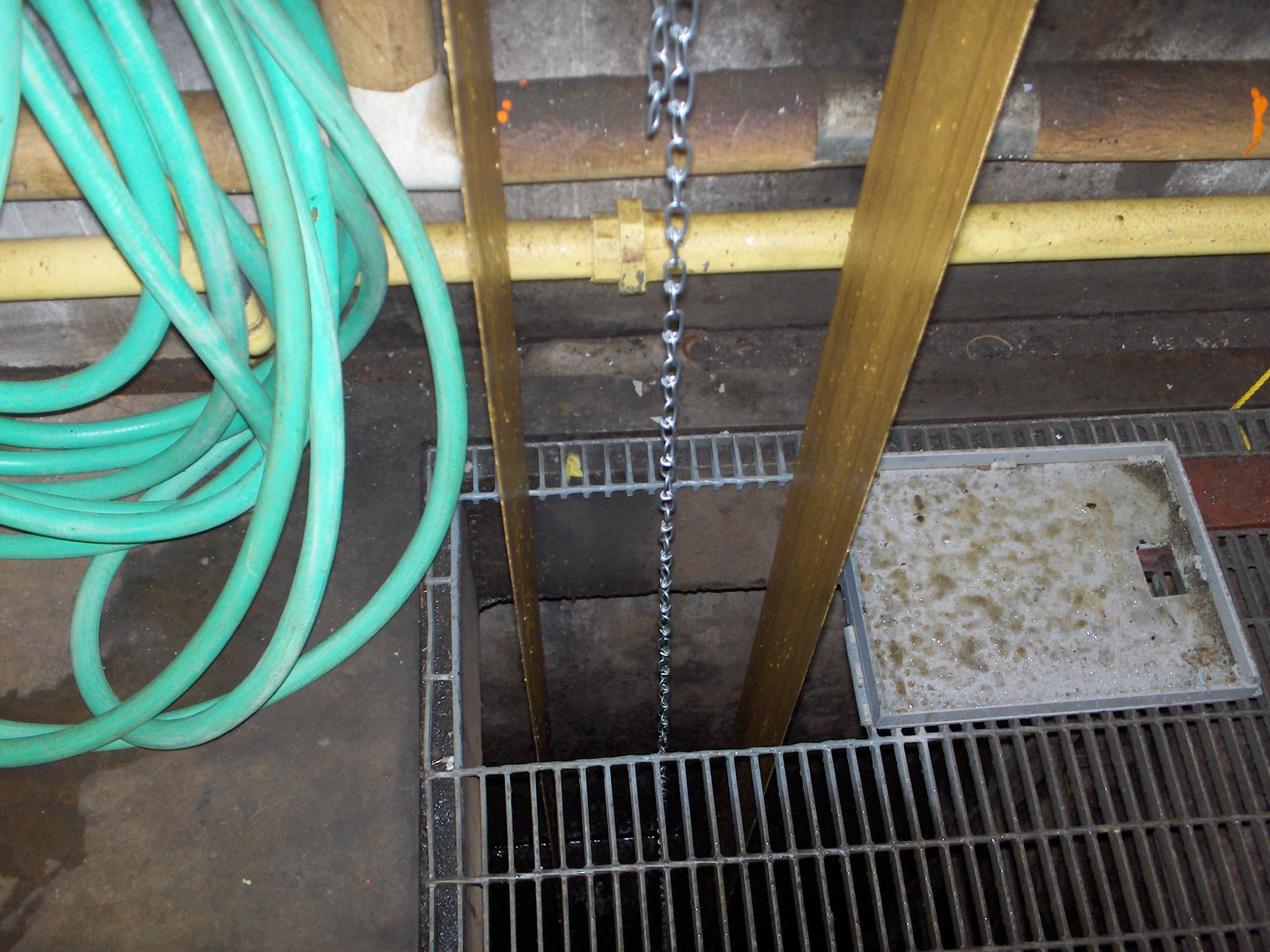Choosing an oil skimmer best suited for your application will maximize oil removal while minimizing capital outlay and oil skimmer operating costs. There are 5 crucial steps that need to be considered when purchasing a skimmer for your application. Skipping one or any of these concepts can result in having zero success in removing oil from your waste water. So, let’s keep that from happening and go over these 5 simple steps!
Operating Conditions
The first step in choosing an oil skimmer is to define the operating conditions in which the skimmer will be operating. All oil skimmers have a moving medium, and possibly other parts, immersed in the liquid. The performance and life of the pick-up medium, wiper blades, pulleys, etc. are affected by different conditions. These conditions include temperatures in and out of the liquid, pH of the solution, and the presence of solvents or other reactive chemicals.
Removal Capacity
The second step in selecting an oil skimmer is to know what you need or expect your removal capacity to be. Capacity should be based on the maximum amount of oil to be removed within the shortest available time. For instance, total oil influx may be 200 gallons in a 24-hour period, which averages about 8.3 gallons per hour. But if most of it comes during a single eight-hour plant shift, you will probably need a removal rate that is three times as high, especially if you are trying to prevent an unwanted discharge of contaminated water to a sewer system. As a rule-of-thumb, specify approximately twice the maximum capacity you anticipate needing for normal conditions.
Sump’s Characteristics
Understanding your tank or sump’s characteristics is the third thing you will want to consider when choosing an oil skimmer for your process. The location, shape, and capacity of a tank or water impoundment are major factors in choosing the right oil skimmer. Also consider fluctuations in water level, turbulence and possible emulsions. Although oil skimmers do not cause emulsions, they can have trouble removing certain types.
Oil Skimmer Media
The next step is determining which belt, tube, or disk to select for your skimmer. Obviously, you need the proper media on your skimmer in order to ensure the best results. And if you think all belt types or materials operate the same or that simply picking the cheapest option will suffice, you’re wrong and you’d be setting yourself up for failure. You can have a skimmer that is top of the line, but if you have the wrong belt, tube, or disc material on it then it won’t matter how great of a skimmer you have in that tank. Your results will be less than stellar.
Belt performance and durability depends on the nature of the liquid, its chemical composition, temperature, etc. For instance, high temperature increases a belt’s sensitivity to pH levels. So if the temperature of your application is above 160°F and you’re thinking of using a Polymer belt, then I would suggest you think again. It’s always best to share your application’s temp and pH levels with your sales person so they can select the right belt material for you.
In the same vein, choosing the right wiper blade is important, too. You’ll want something that can endure the temperatures and pH levels of your application so they don’t melt or warp or completely break during operation.
Oil Skimmer Accessories
Accessories are a skimmer’s best friend! Or so they say. The fifth step in choosing an oil skimmer is determining if your application requires any additional add-ons, such as specific motor types or additional skimmer equipment. Most oil skimmers are designed with standard, industrially rated, continuous duty motors and fully enclosed speed reducing drives. Most of these oil skimmers can be specified with the following motor options:
- Any standard or exceptional electrical requirement
- Explosion proof
- Drip proof
- Tropicalized
- Dirty duty
- Food service
- Wash down duty
- DC motors
- ATEX/European motors
Oil skimmer accessories make it easy to customize your oil skimming system for quick installation and optimal performance. These are the most commonly requested items. More specialized accessories are typically available on request such as solar oil skimming system, transfer package and underground oil skimmer system, concentrators, fluid monitoring accessories, and many more.
Choosing the right oil skimmer doesn't have to be a disastrous process, but things can go sideways quickly if you don't address certain aspects of your application. As always, make sure you are dealing with a reputable vendor. Companies that really know and understand how oil skimmers work will ask you all about the content above, if they don't, RUN! Bottom line: know your application, choose a vendor you trust, and your oil skimming operation will be smooth sailing.
Video: How To Tell What Skimmer You Need For Your Machine Coolant
To learn more about oil skimmers, please contact our experts at 440-543-7400 or visit our website: www.abanaki.com
There is a skimming system for virtually any application. Simply fill up the form to your right or click at the button to get your ultimate guide now.




